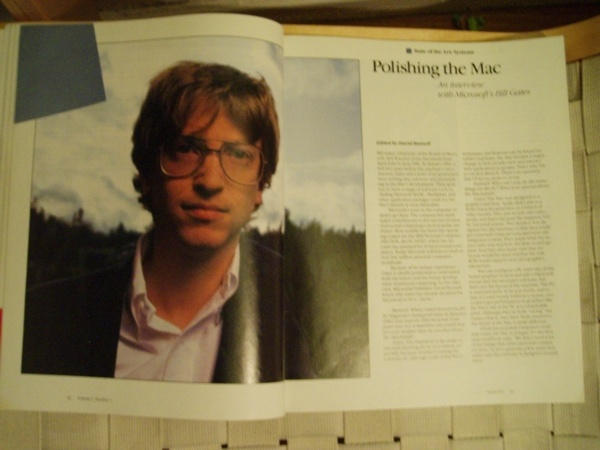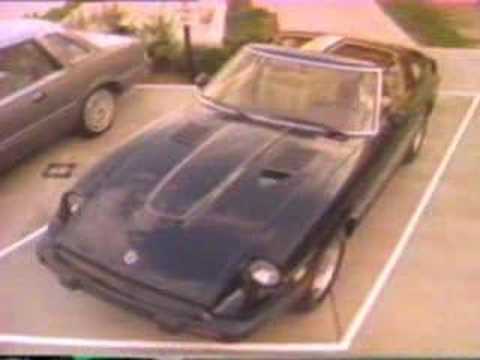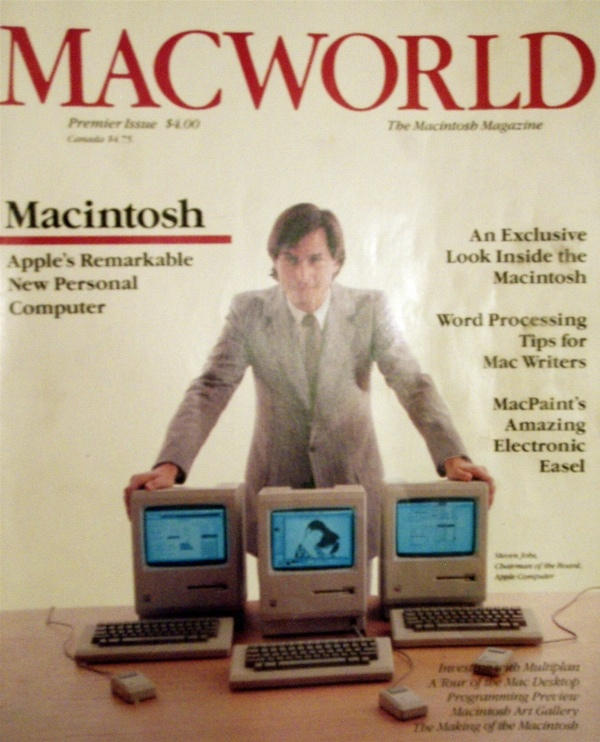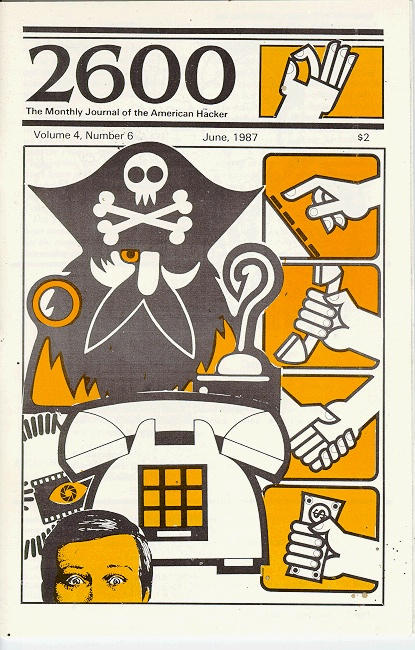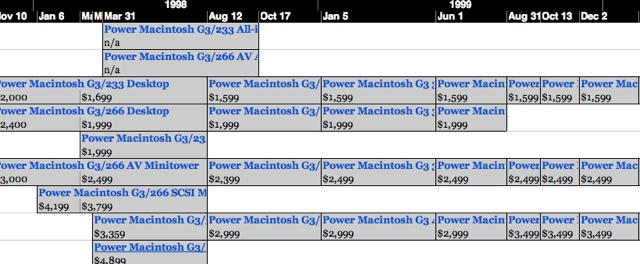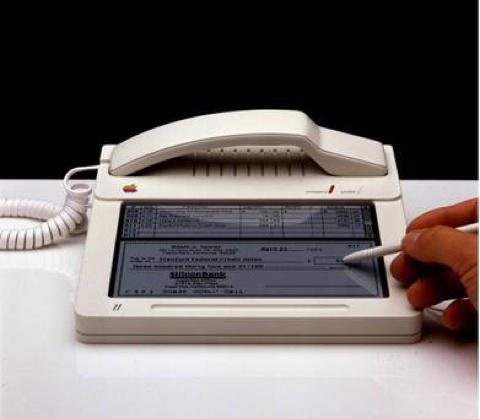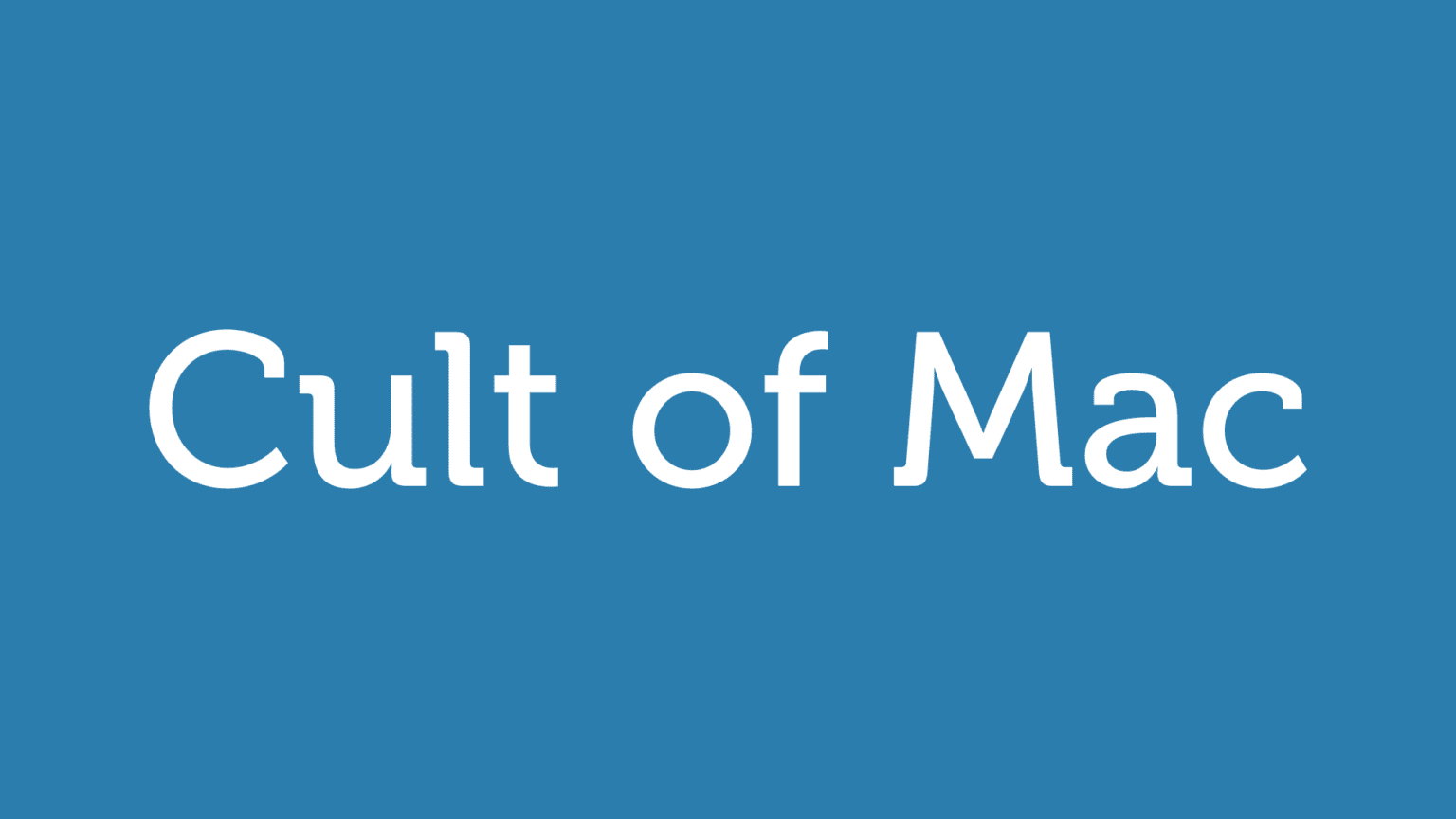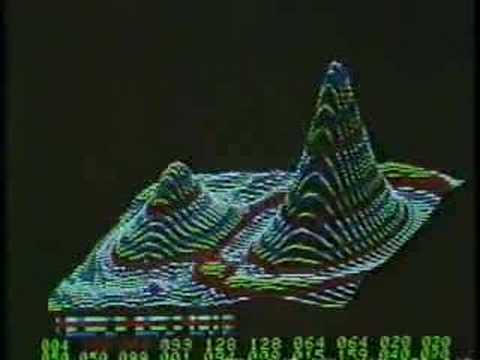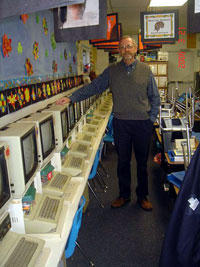Once upon a time, way back in 1984, the Mac was new. Let us travel back to the past for another look into the amazing first issue of MacWorld, which I acquired two weeks ago at a family reunion.
This week, let’s turn to “Polishing the Mac,” an extraordinarily long interview by David Bunnell (almost 4,000 words) with Microsoft Chairman Bill Gates that is basically just about the Mac’s greatness. I’ll tease with a choice quote, then click through for some more of Chairman Bill’s still-prescient (and now hilarious and ironic) praise for the Mac. Also, dig the hair and glasses. Could he look more like his Anthony Michael Hall doppelganger if he tried?
On the Mac’s Ease of Use: “The Mac heralds a major change in how people view and interact with application programs. That’s why I’m so excited about it. There’s no question that I’ll let my mom try it out.”
Much, much more after the jump.
